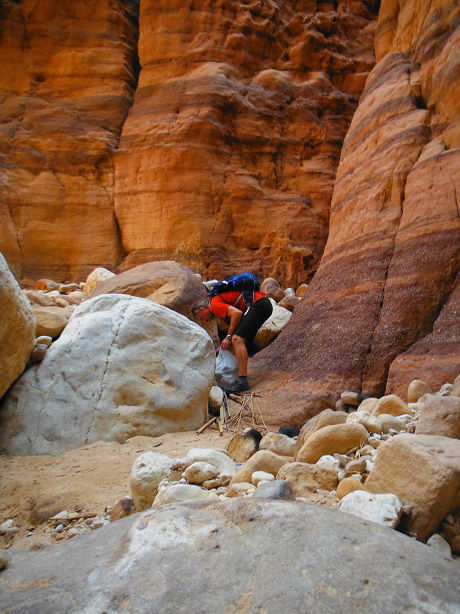Lateral wadies descending from the Transjordanian plateau to the Rift Valley are among the most impressive natural landscapes of Jordan. Their remained for long ignored from the tourist professionals and the large public, roamed only by the immediate local communities, the shepherds and some lucky adventurers. The regional crisis in the Middle East and the dramatic drop of tourists in Jordan between 2010 and 2017 urged professionals to seek for diversification, as well as in term of attractions to propose as in term of markets, including an emerging domestic market of young people keen to discover their own county and expatriates. Friday walks in wadies is becoming very popular. On one side, it is an excellent opportunity for the Jordanian youth to become aware about the natural heritage of Jordan and the necessity to protect it. On the other side it induces threatening impacts on the fragile ecosystems and the already endangered wildlife of those areas. Steep wadies requesting climbing or abseiling are still a little bit preserved, whereas large and easy wadies are much more exposed to an increasing influx of visitors generally unaware about their impact as well as about the risks.
It is the reason why it seems essential to respect some advices for limiting the eventual negative impacts of such expeditions as well as for the safety:
- The main security rule is to never undertake any wadi walk if the weather is unstable, not only in the immediate surroundings but also fare around. Far distant rainfalls on the highlands can induce deadly flashfloods that you will be unable to escape off when you are inside a wadi. Climate changes increase the phenomenon. Be also aware that after a rainfalls period, the water flow will be more important than usually.
Watch this video that warns about flashfloods!
here below a flashflood in Petra (2018)
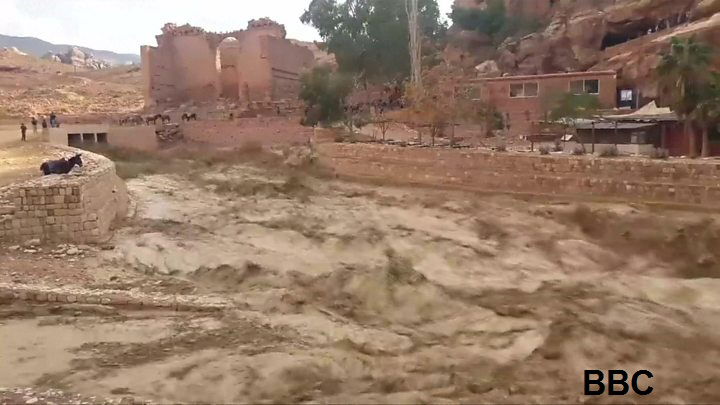
- Never undertake a hike without the proper accompaniment. A wadi, even offering an easy and child-friendly hike, is always a hazardous environment without any possibility of communication without outside (no mobile connection). Do not hike alone.

- Another essential principle is to walk in small groups not exceeding 12 or 15 people including the guide. The group size is primordial for at least two reasons: due to the terrain configuration, the guide (s) cannot keep control on a numerous group, which may affect the safety. Seconldy large groups are automatically noisier, which may disturb the wildlife.
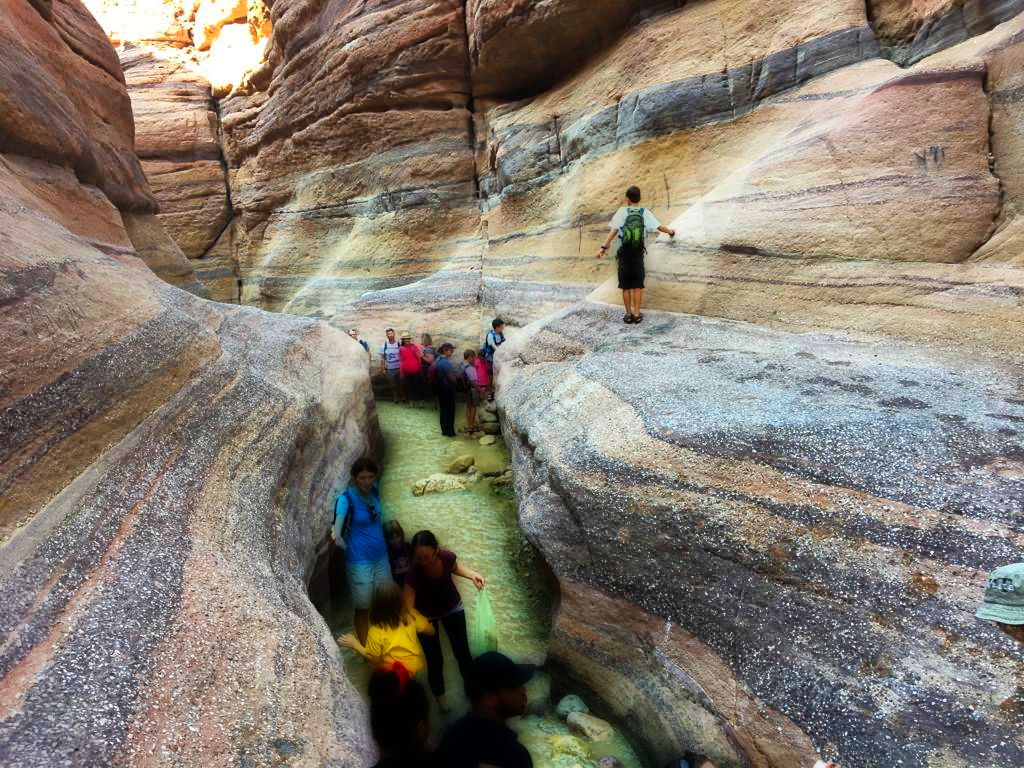
- Refrain from making noise (especially children!), do not shout, yell or whistle. Wadies host a wildlife that is mainly nocturne. They are also nesting sites. It is feared that noise caused by unaware visitors pushes the wildlife away from those areas and hardly impact the natural balance.
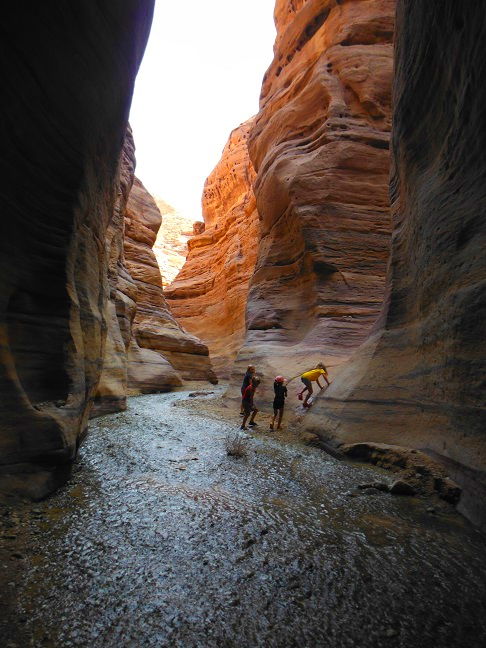 | 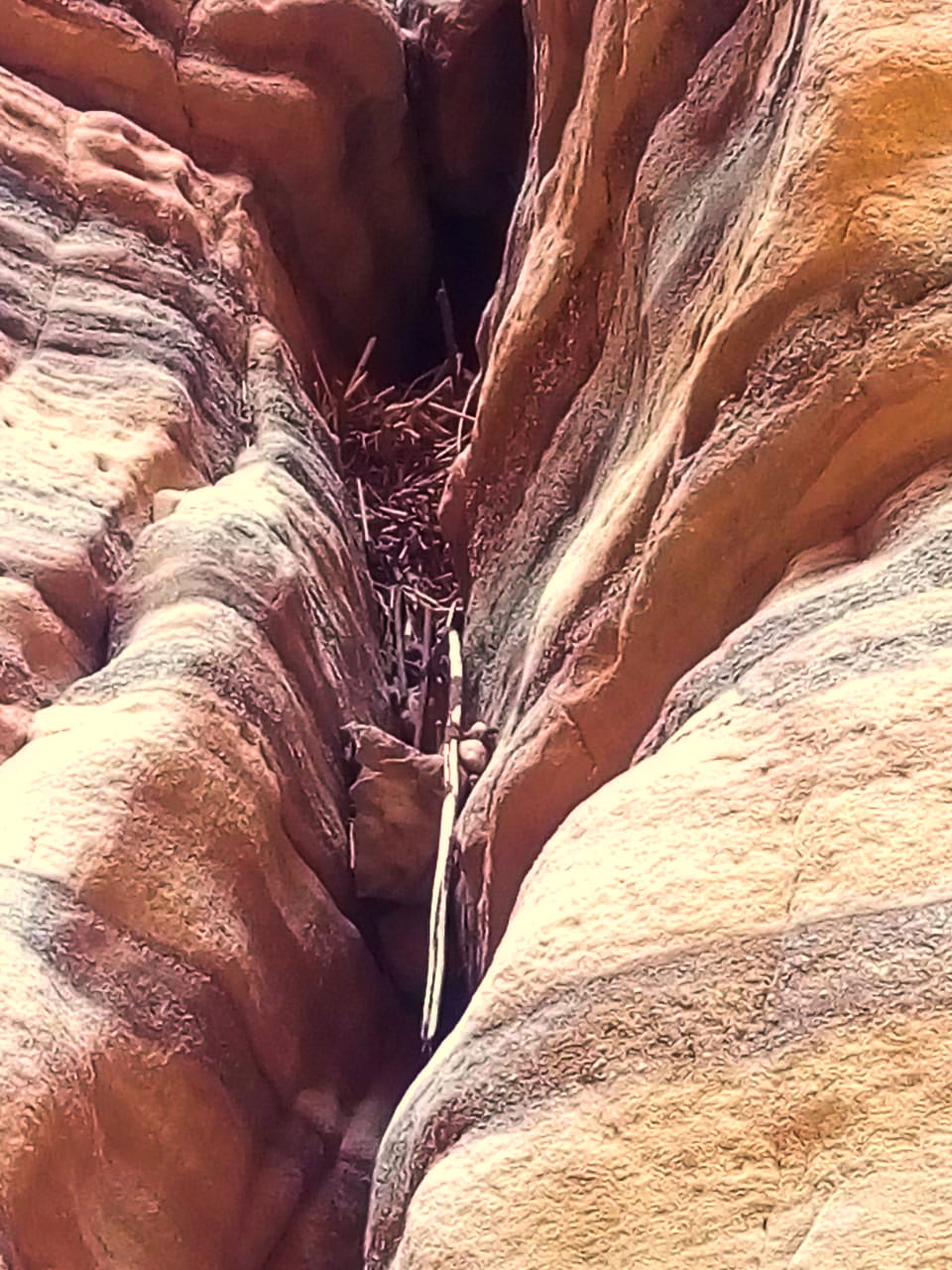 |
- Absolutely avoid night hikes! The intrusion in the nocturne wildlife is totally irresponsible, moreover highly hazardous.

- Avoid stepping on plants. The ecosystem of those area is extremely fragile and increasingly impacted by the climate changes. Tourism is an additional threat.
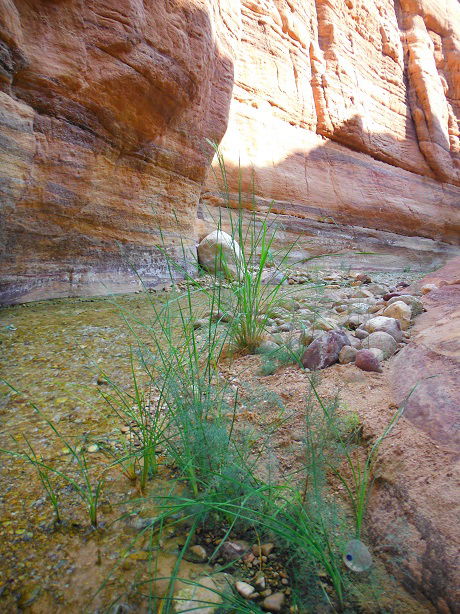
- Finally, any walk in nature is a good opportunity to make a gest for the planet and collect some litters that inevitably end their life in the wadies.
